After more than four decades during which it provided vital inflight refueling and airlift, the U.S. Air Force’s venerable KC-10A Extender has flown its last combat mission. While the Air Force already began sending KC-10s to the boneyard in 2020, the latest milestone signals the impending retirement of the type, although it’s not yet entirely clear what the service’s future tanker fleet will consist of.
Photos published today by the Defense Visual Information Distribution Service (DVIDS) show a KC-10 departing Prince Sultan Air Base (PSAB), in Saudi Arabia, on October 5. According to accompanying captions, the departure of the Extender concluded the type’s final combat deployment at the base.



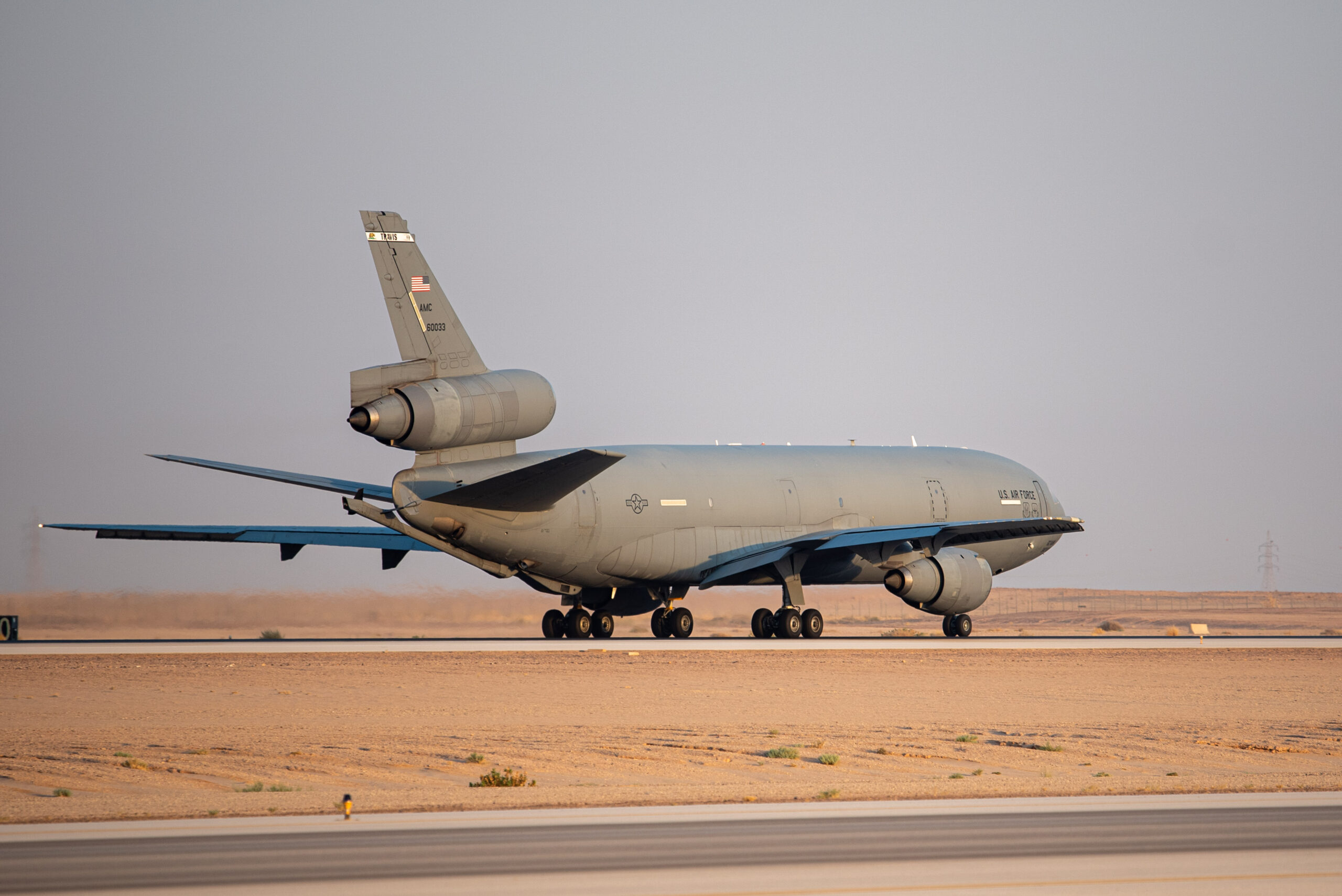

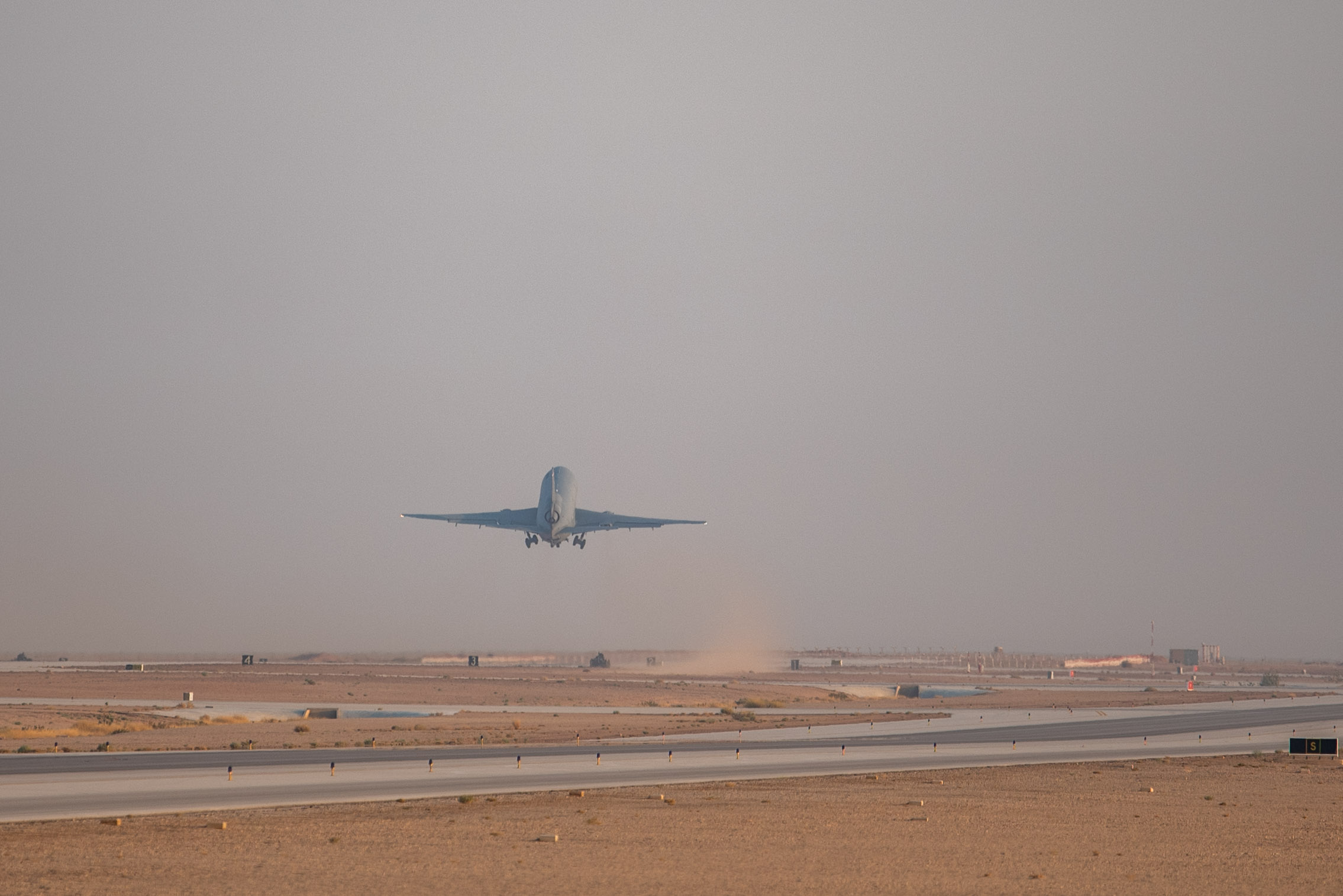
Air Mobility Command (AMC) confirmed to The War Zone that this was the last combat deployment of the KC-10 anywhere in the world, not just in the Middle East. “For nearly four decades, the KC-10 has helped secure global reach for America,” AMC spokeswoman Jessica Brown said. “It’s expected to redeploy to its home station soon.”
The KC-10’s career included more than 30 years spent within the U.S. Air Forces Central (AFCENT) area of responsibility, which includes PSAB. During that time, the KC-10 played a critical role in supporting different military operations, including Enduring Freedom and Iraqi Freedom.
A previous DVIDS media release provided imagery of the KC-10 involved in the final combat sortie returning to PSAB, on October 3. The aircraft in question was assigned to the 908th Expeditionary Air Refueling Squadron (EARS), a provisional unit within the 378th Air Expeditionary Wing.
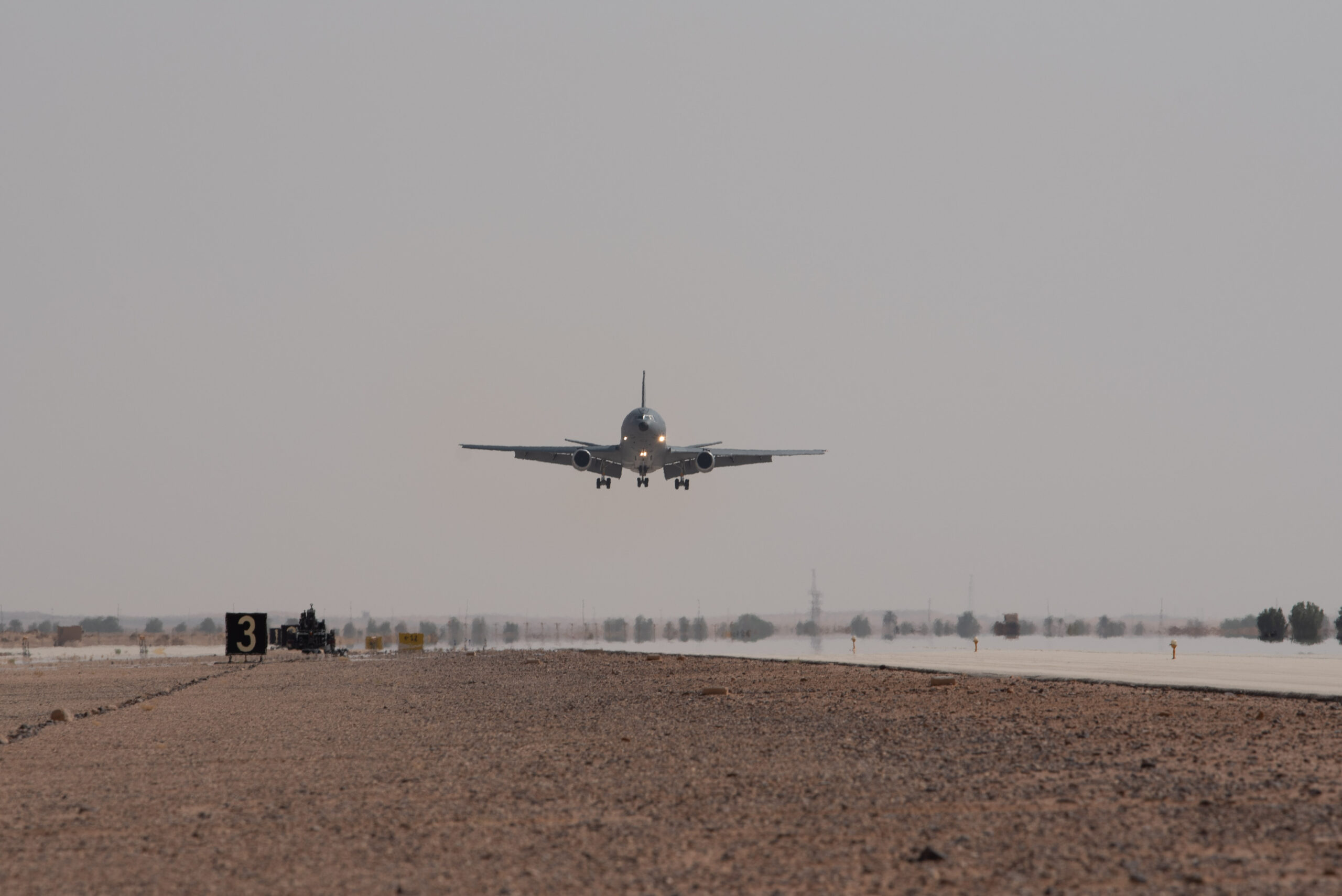
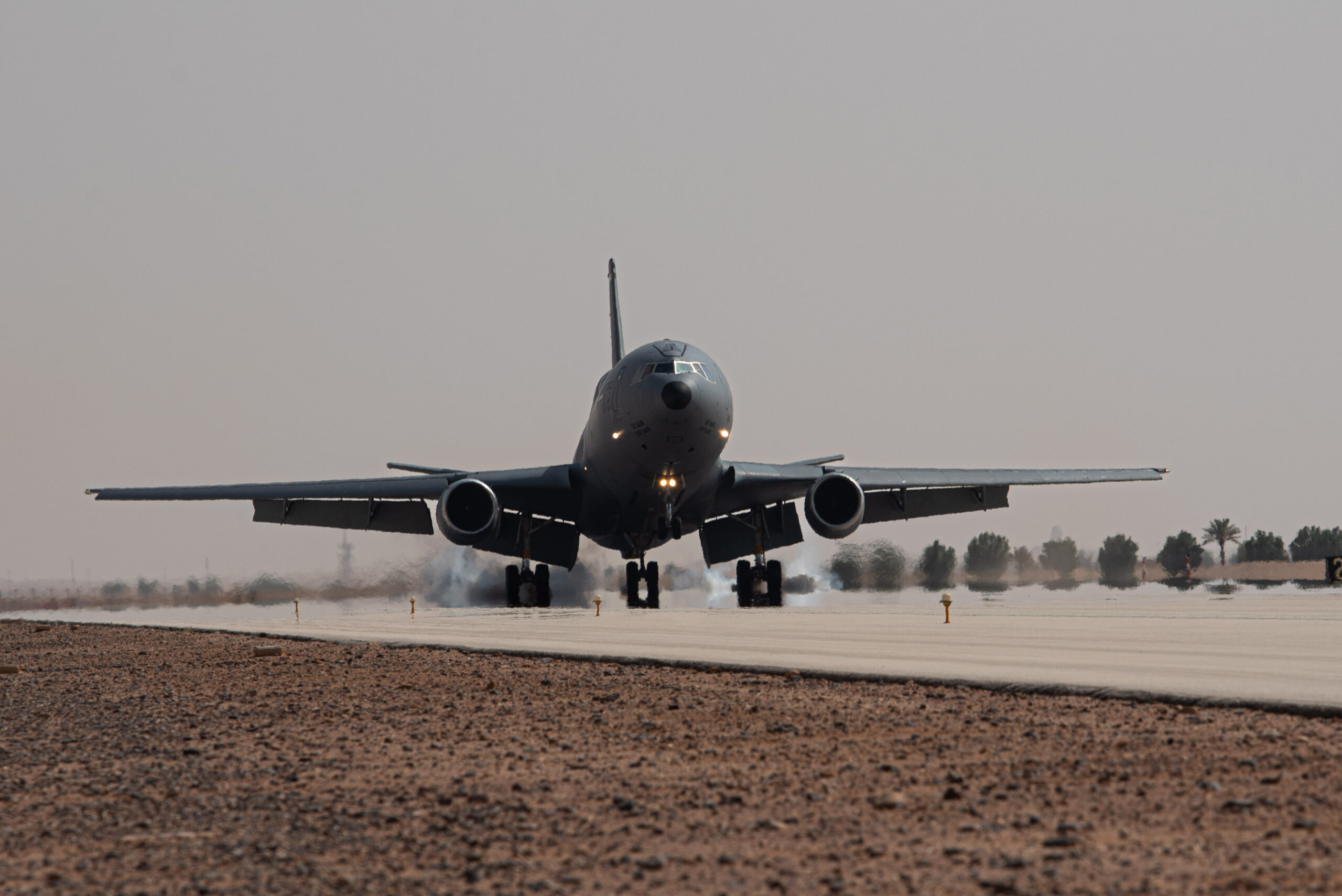
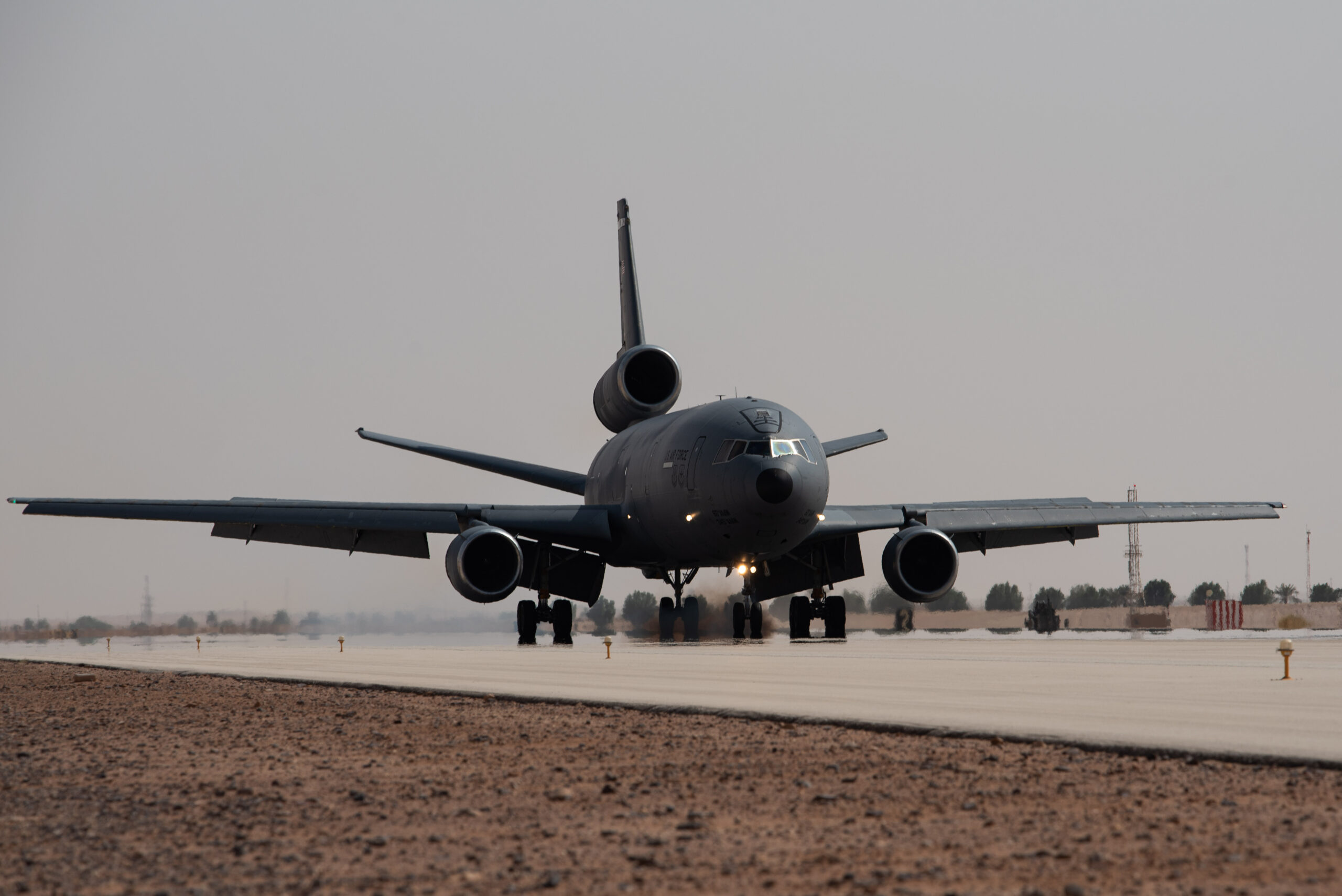
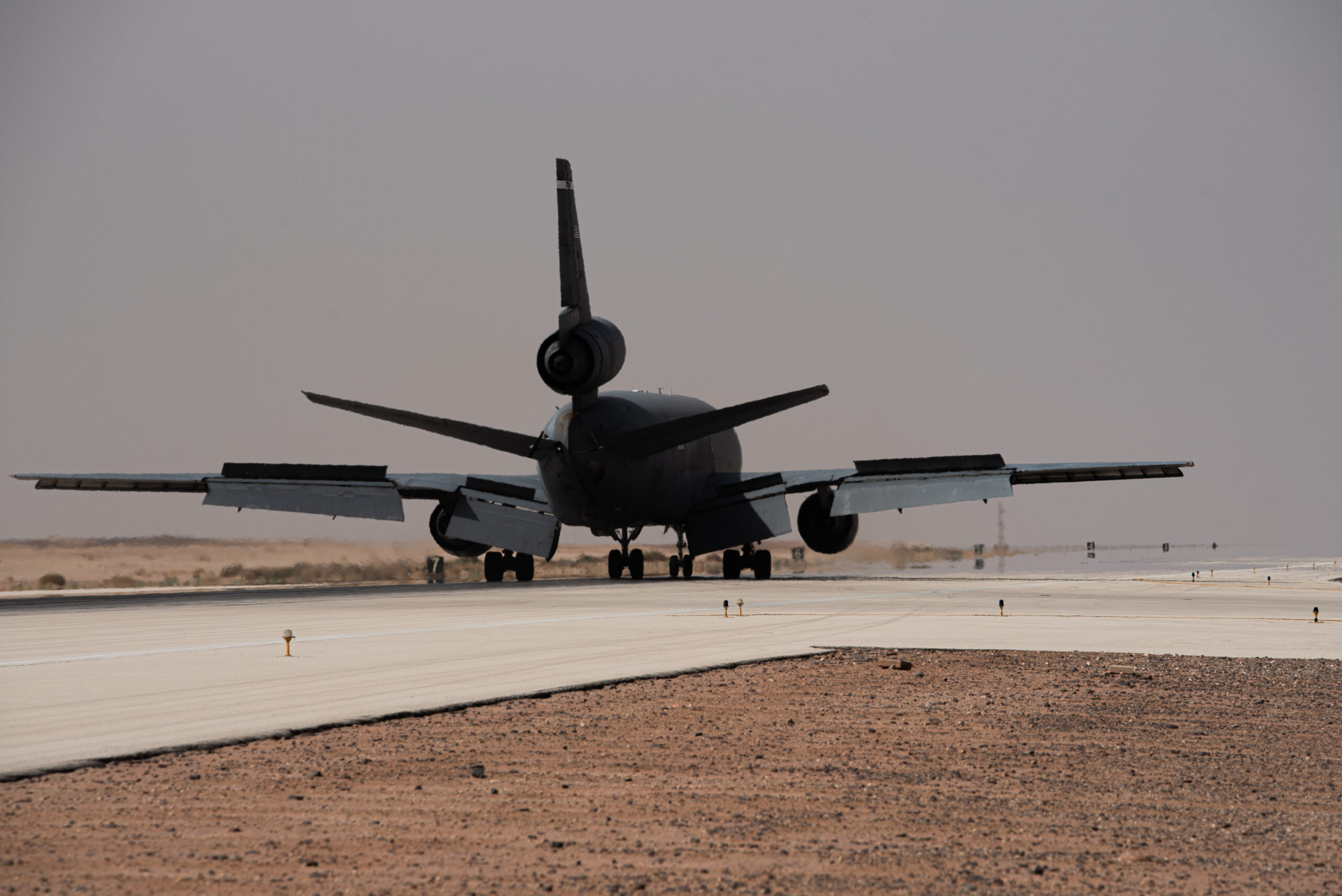
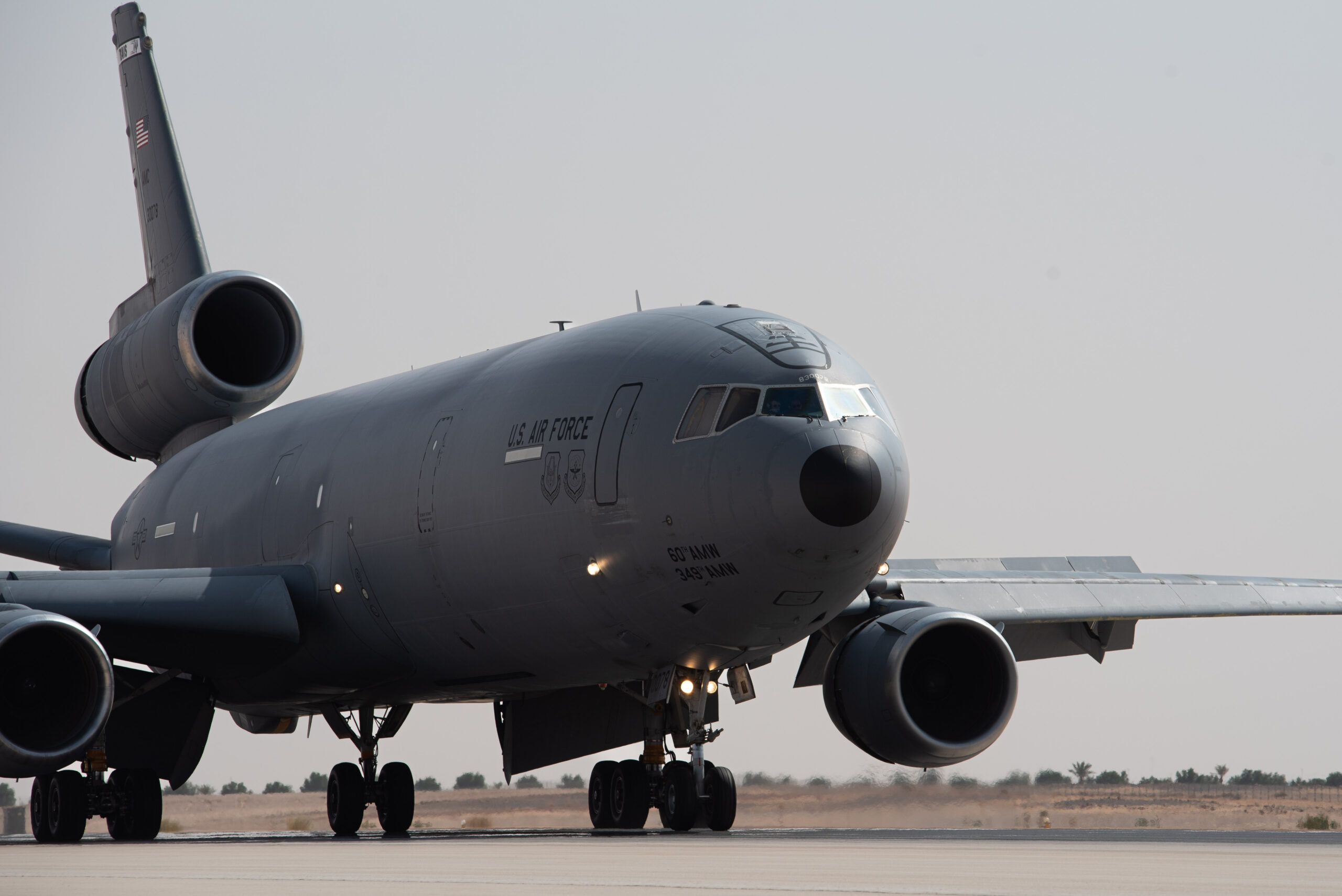
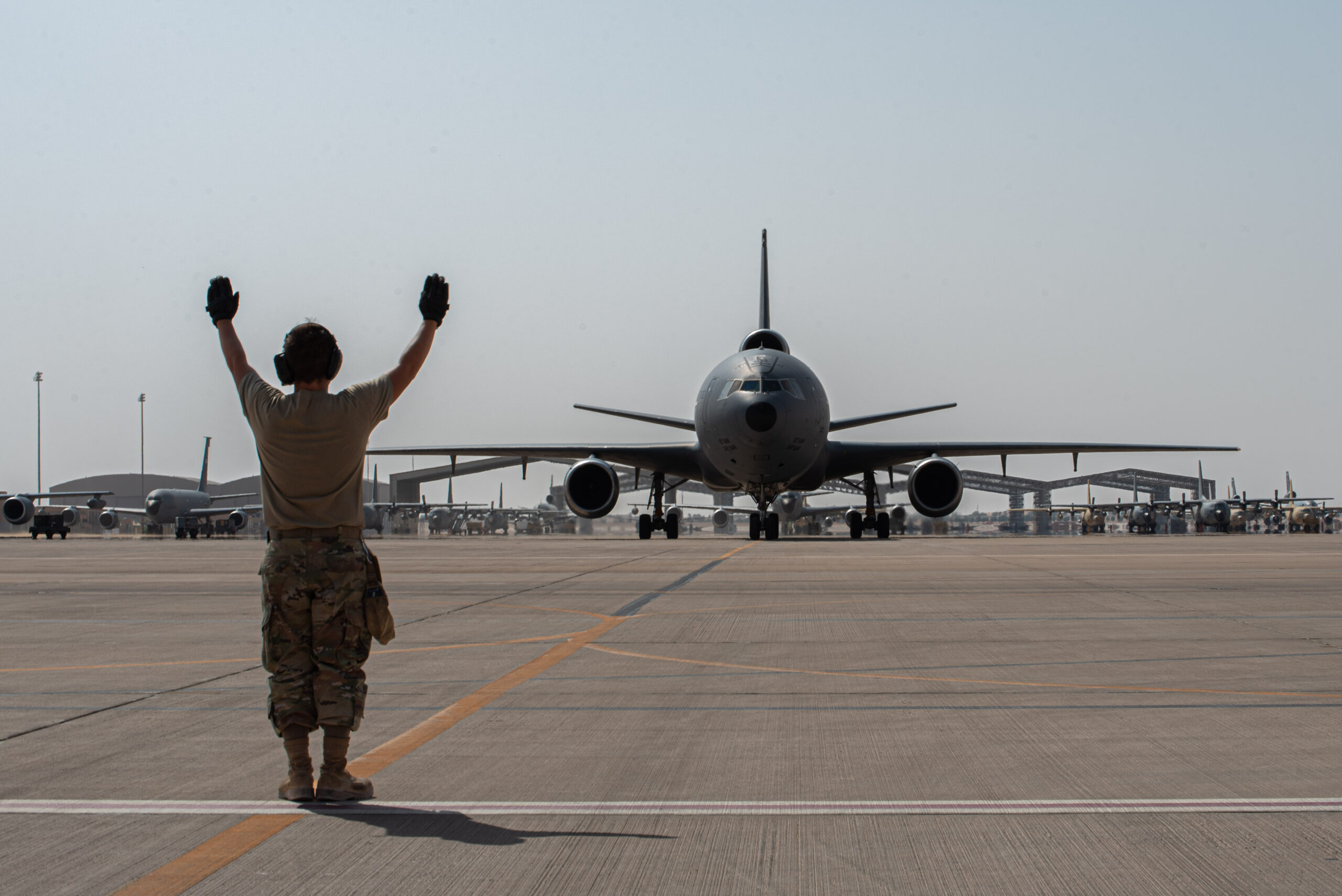
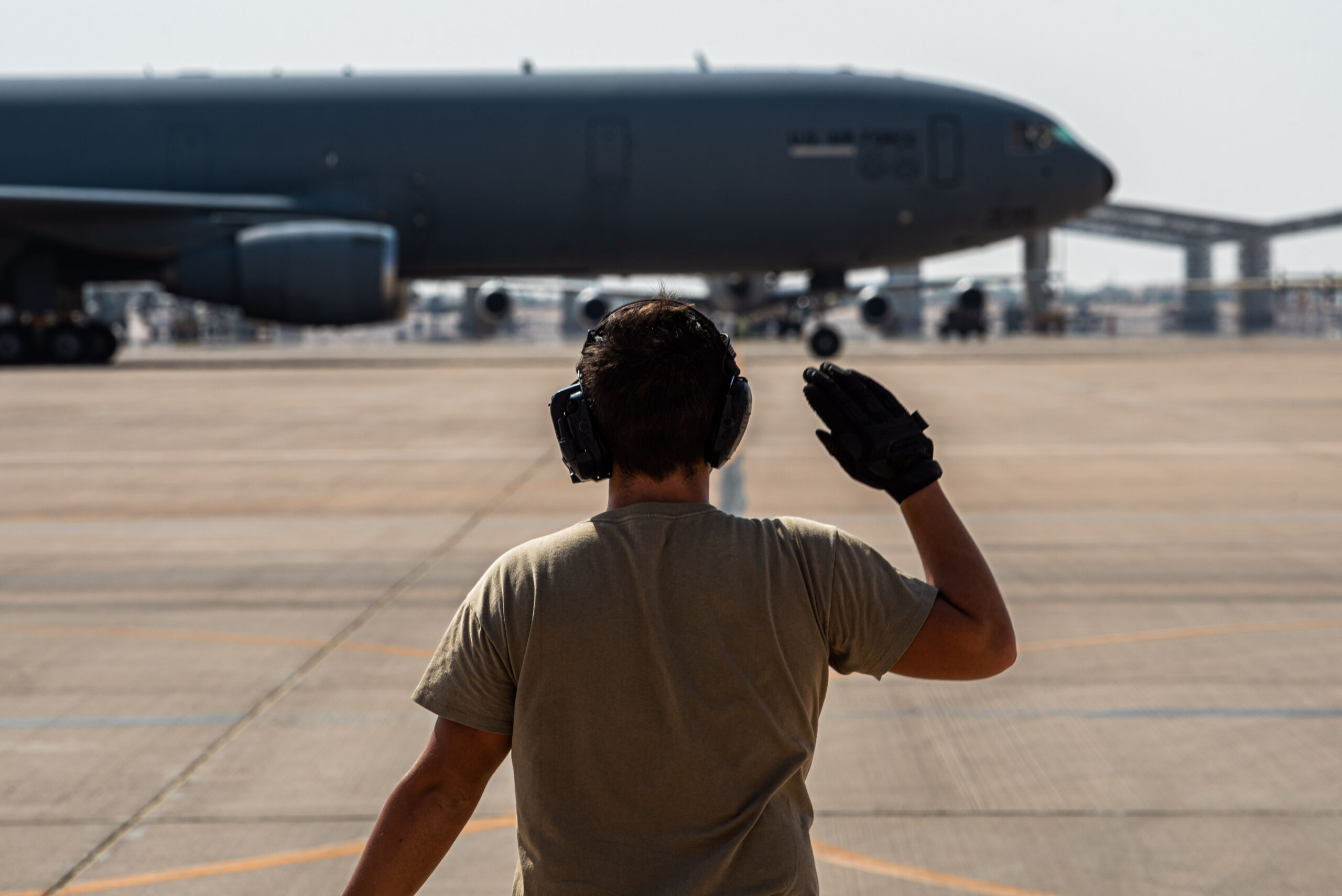
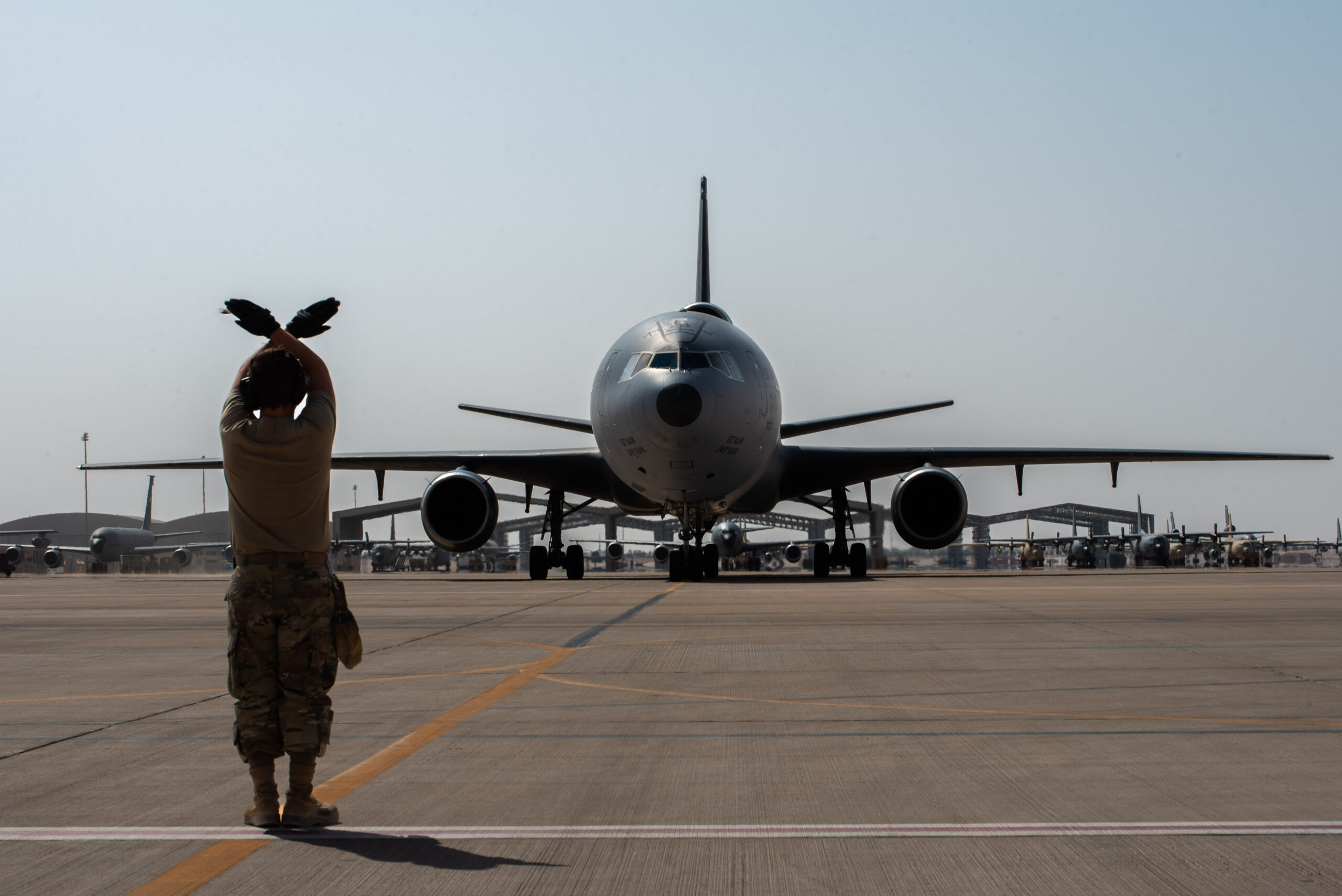

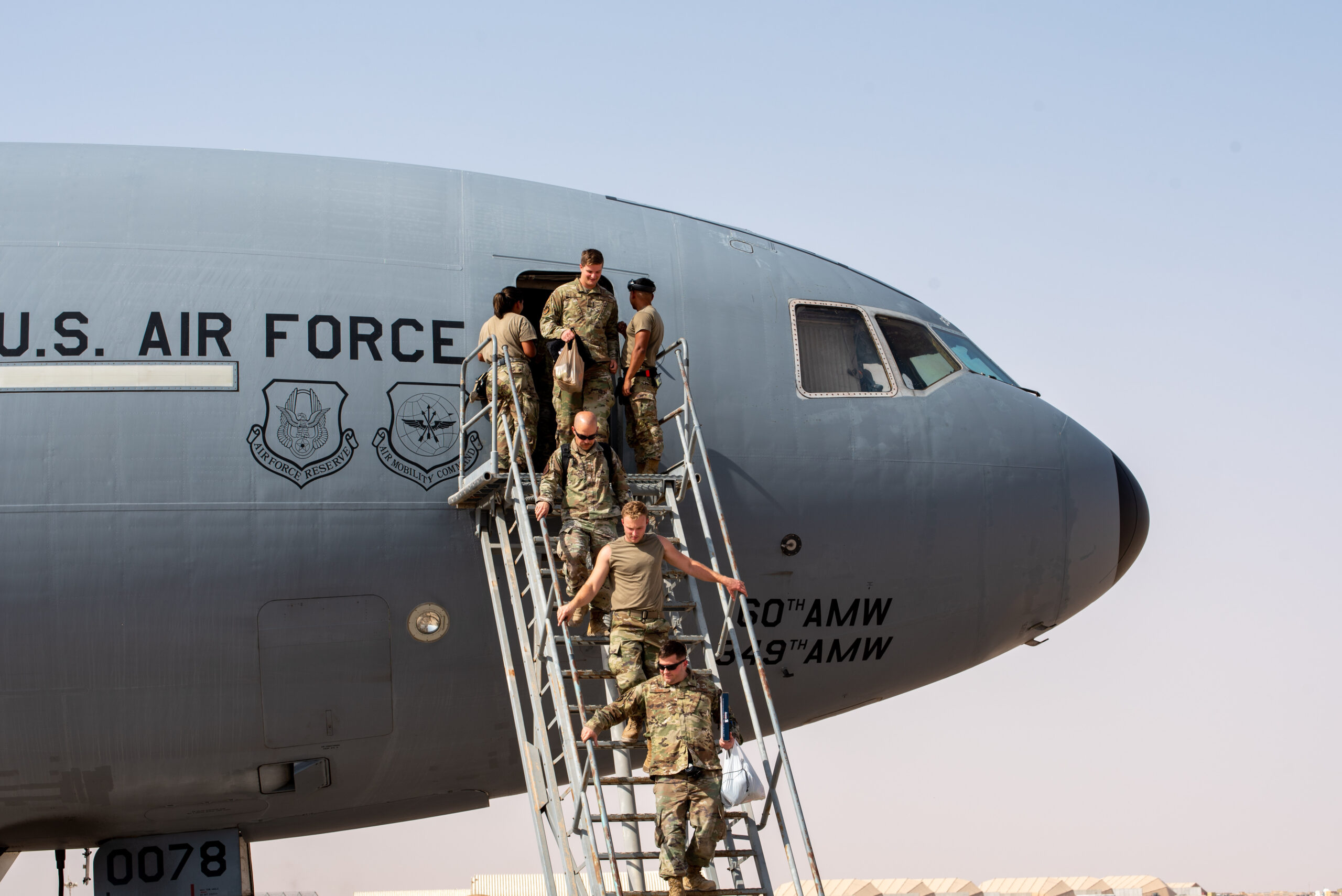
The inactivation ceremony for the 908th EARS was subsequently held at PSAB on October 4.
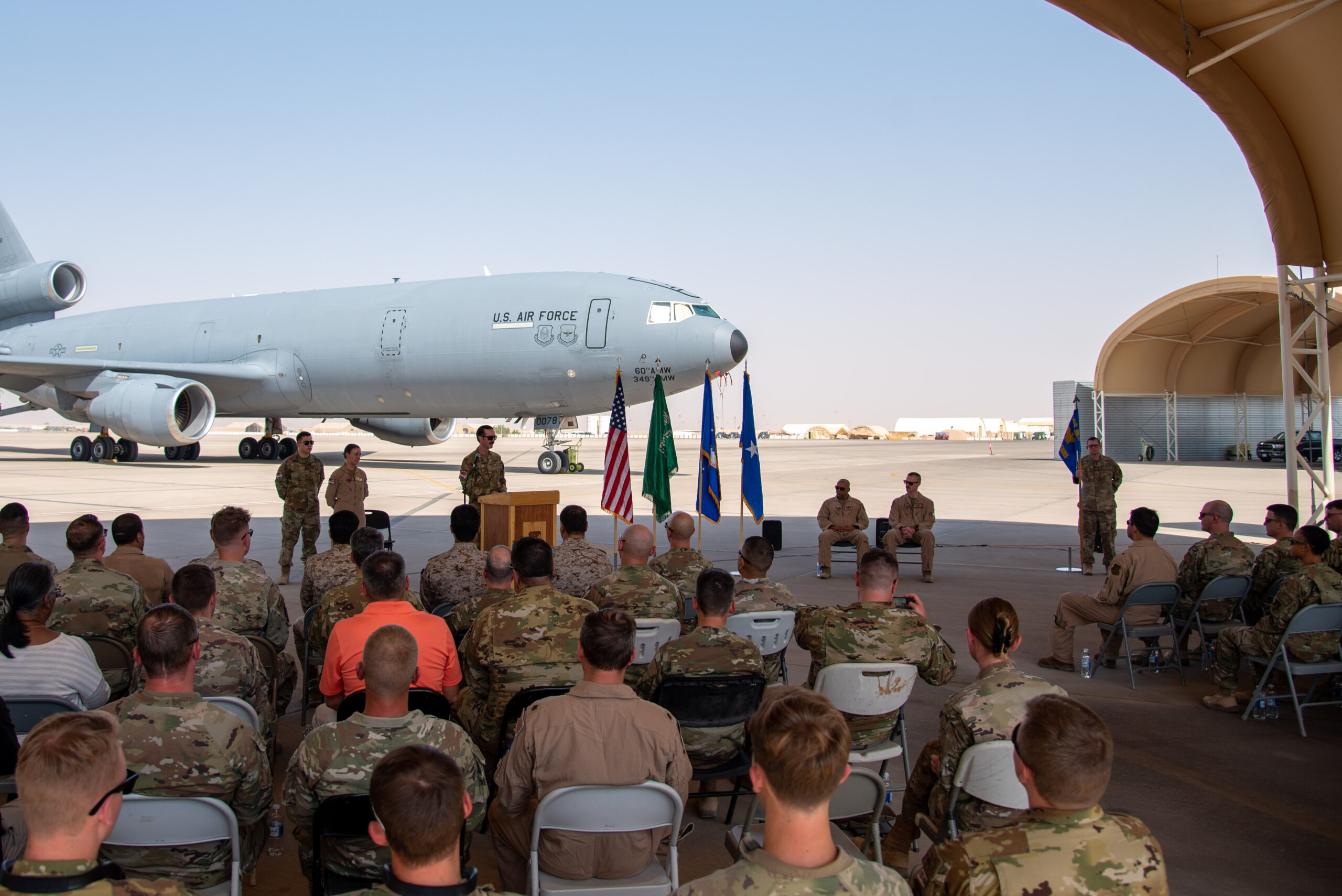


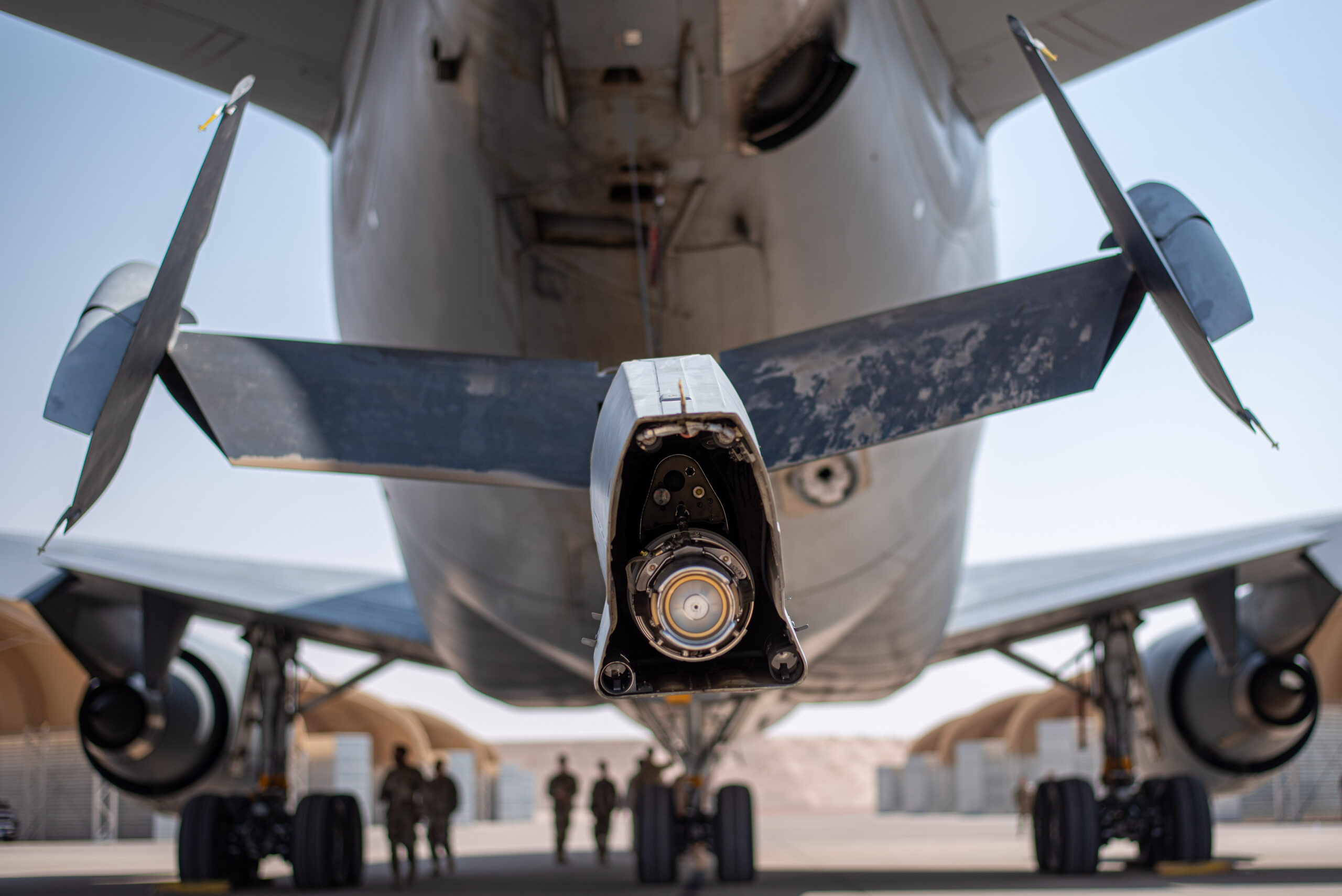
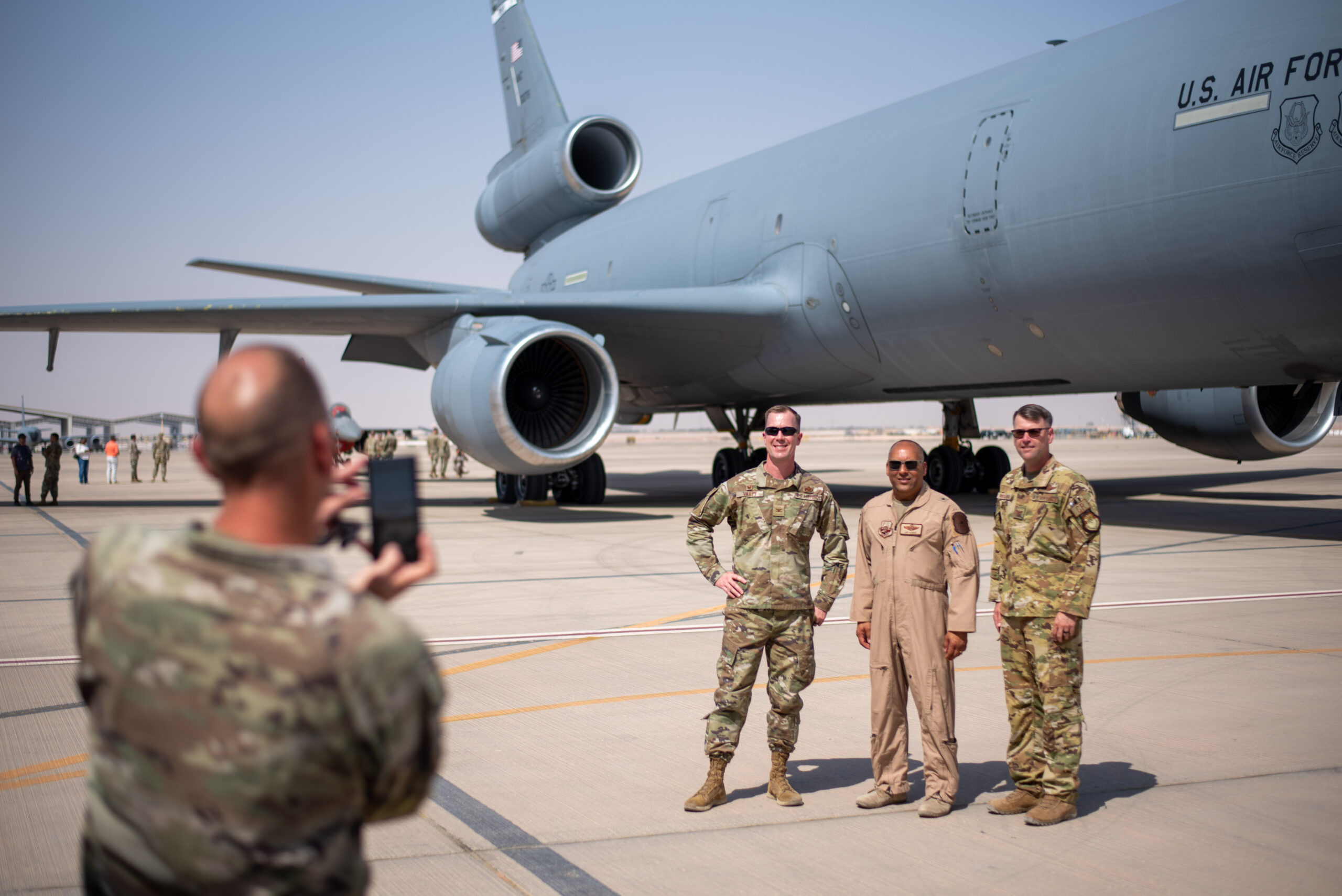
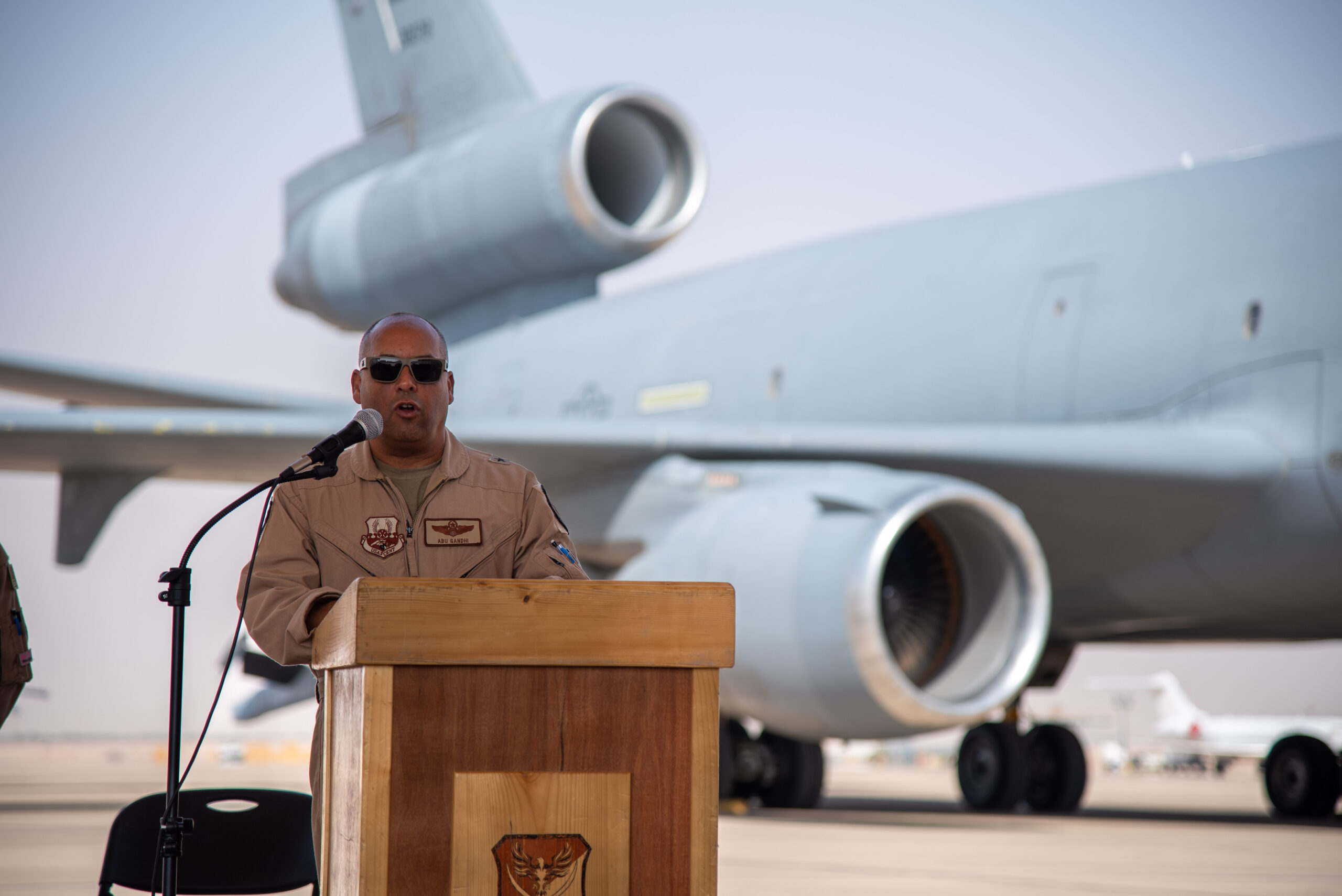
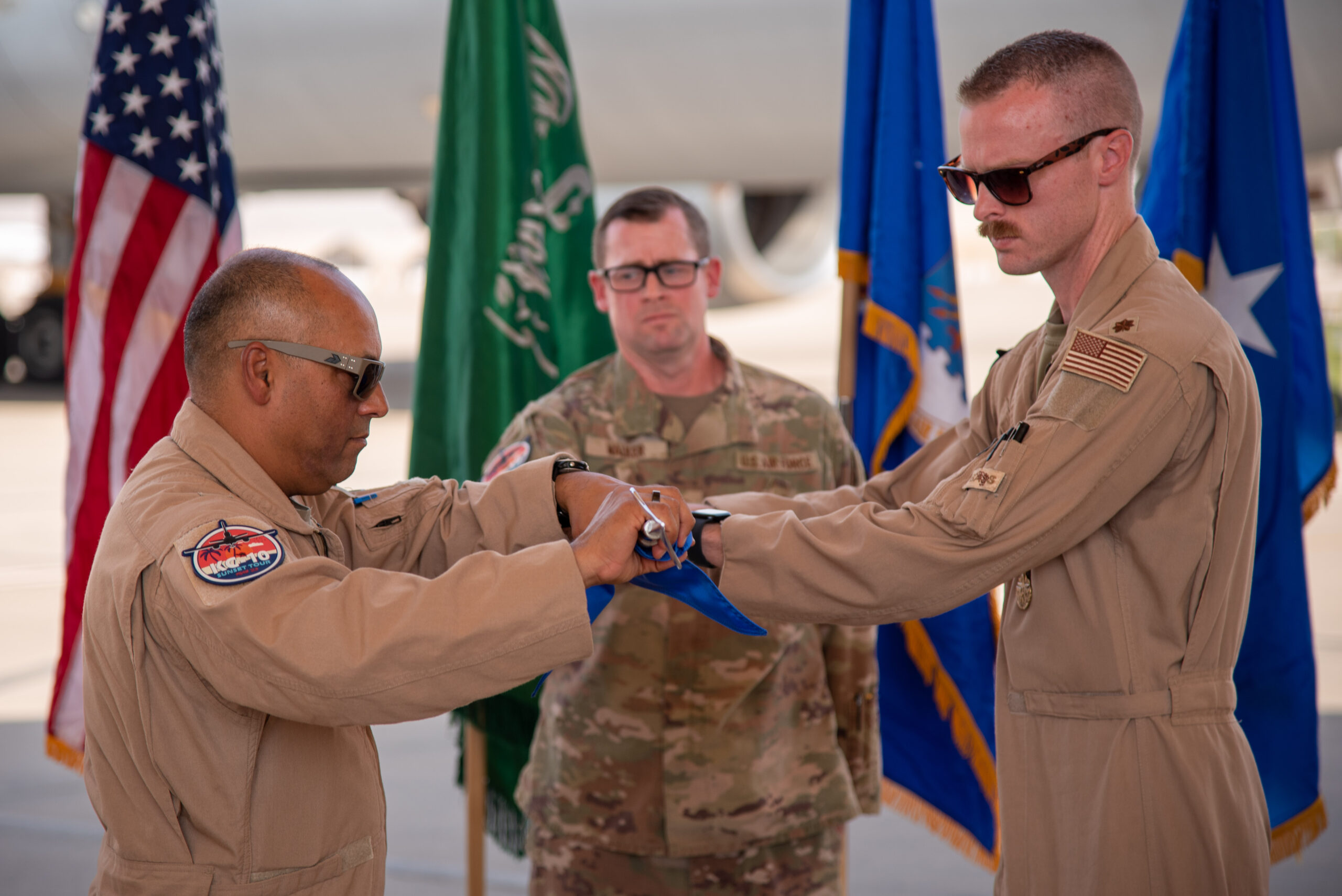
Clearly, the KC-10’s march toward retirement continues. As of September 15, there were 37 KC-10s in the boneyard, including 12 that had gone there just this year. This is from a total of 60 examples that the Air Force acquired, although one was later lost in an explosion and subsequent fire while undergoing maintenance at Barksdale Air Force Base in Louisiana in 1987.
The Netherlands also received two similar KDC-10 aircraft, now operated by Omega Air, a pioneer in the commercial aerial refueling segment.
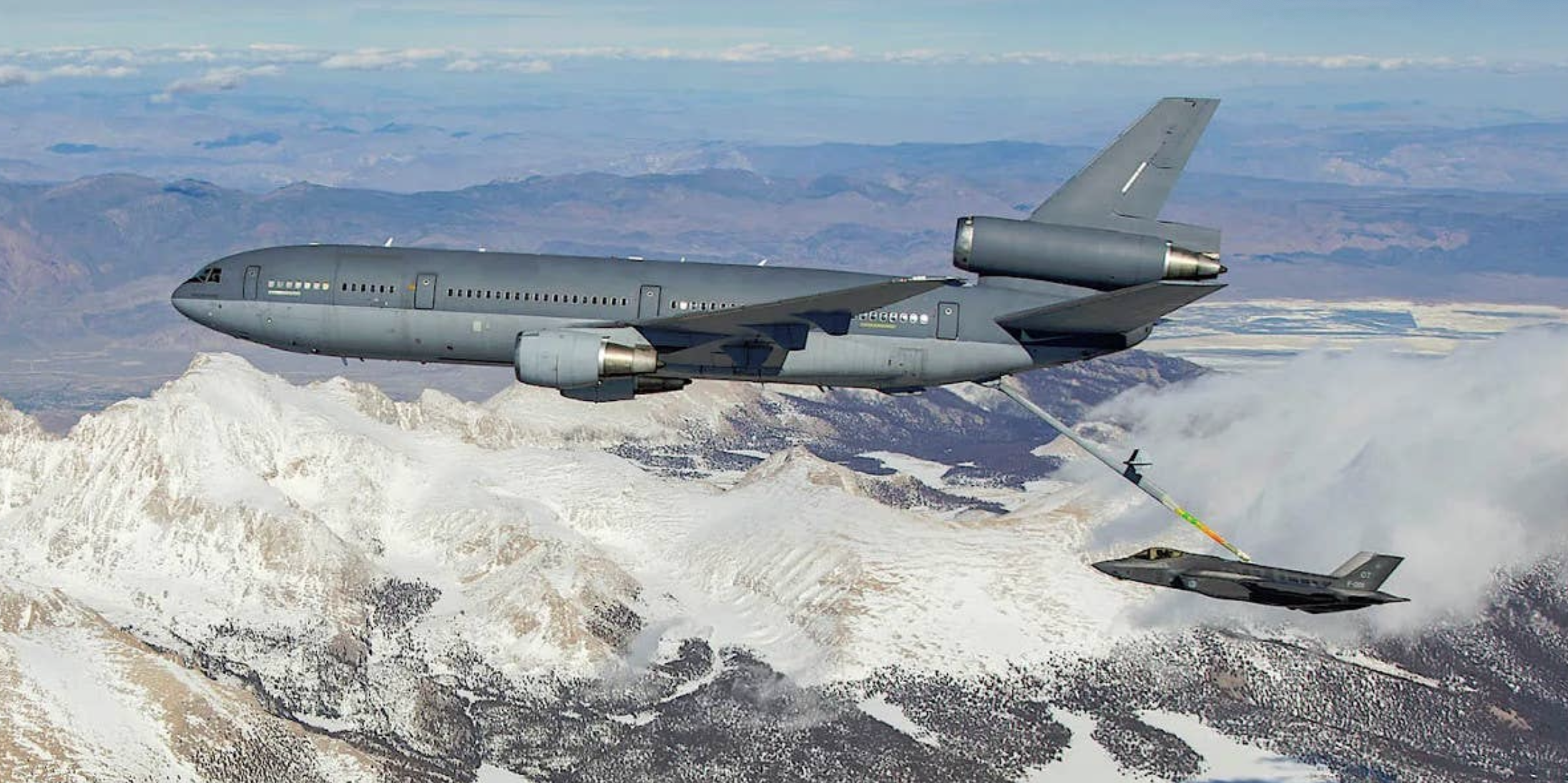
Back in July 2020, we reported on how the first KC-10 had been sent to the boneyard at Davis-Monthan Air Force Base in Arizona — something that happened just a day after the 40th anniversary of the type’s first flight.
The Air Force originally bought the KC-10 as a ‘heavy tanker’ to supplement the KC-135 Stratotanker family, selecting a design based on the DC-10-30CF since it could be introduced relatively rapidly to add much-needed additional tanker capacity. In particular, it was needed to refuel large fully laden transports flying over long distances.
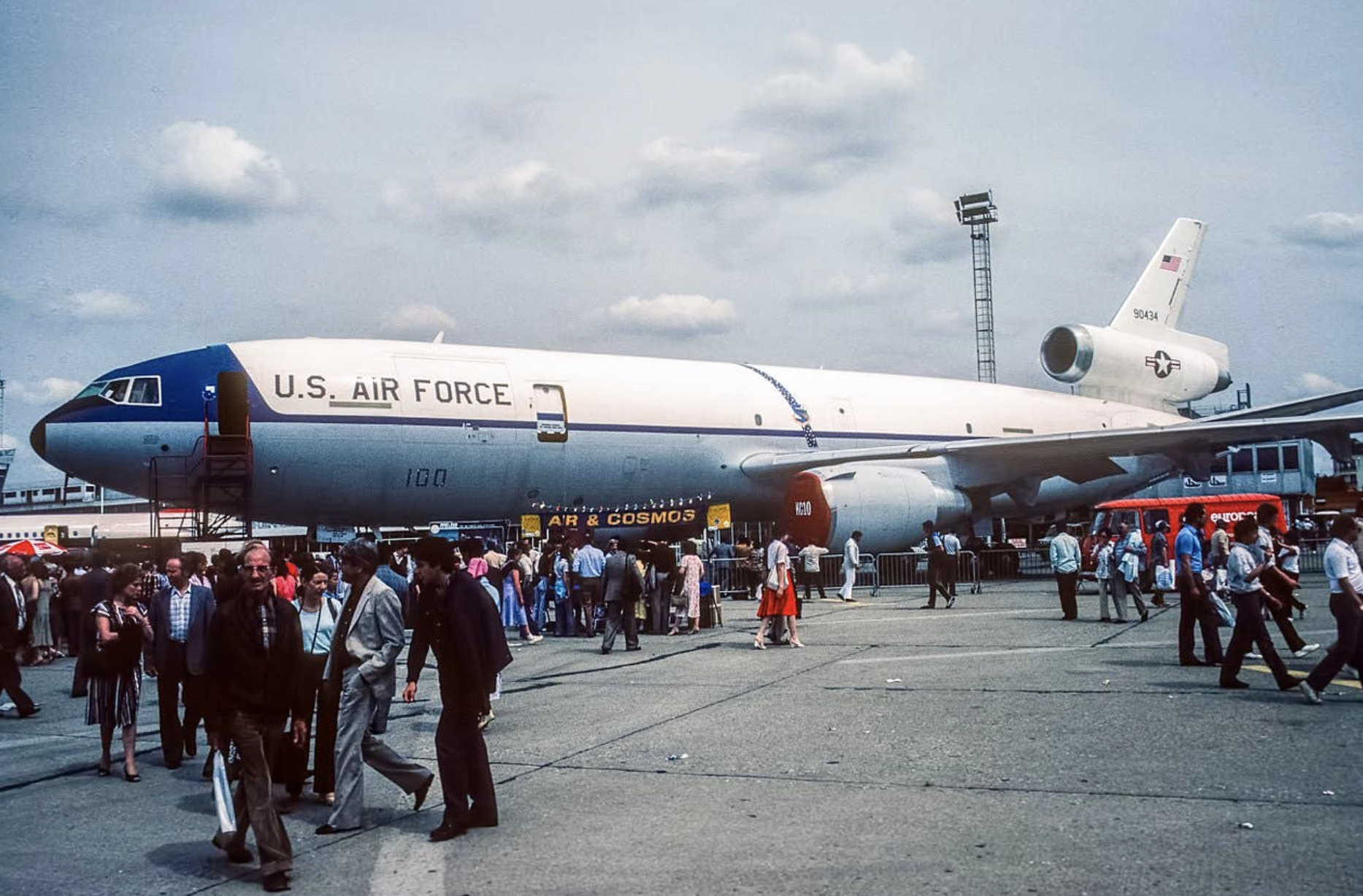
Compared with the KC-135, the KC-10’s additional fuel tanks can hold almost double the load — 356,000 pounds of aviation fuel. Unlike the Stratotanker, the KC-10A also has an integrated hose-and-drogue system, in addition to its boom, meaning it can easily refuel U.S. Navy and Marine Corps aircraft, as well as probe-equipped receivers flown by other operators.
Aside from its primary refueling work, the KC-10 also has an important cargo-carrying mission, being able to carry a wide variety of cargoes, including light vehicles, such as Humvees.

Decades of operations began to take their toll on the KC-10 fleet, however. In May 2018, smoke on the flight deck of an Extender forced the crew to evacuate. When the crew’s escape slides failed to activate, it revealed a separate fault in the safety system that affected the entire fleet.
Incidents such as this helped to seal the fate of the KC-10. Despite some resistance, including from within the military, Congress ultimately has not stood in the way of the Air Force’s plans to retire the fleet. As it now stands, the last remaining examples will be decommissioned by September 2024.
The immediate replacement for the KC-10 is the troubled KC-46 Pegasus, deliveries of which continue, although there had originally been plans to field a direct successor to the KC-10 under the KC-Y program. Meanwhile, the KC-46, selected under KC-X, was viewed as a KC-135 replacement.
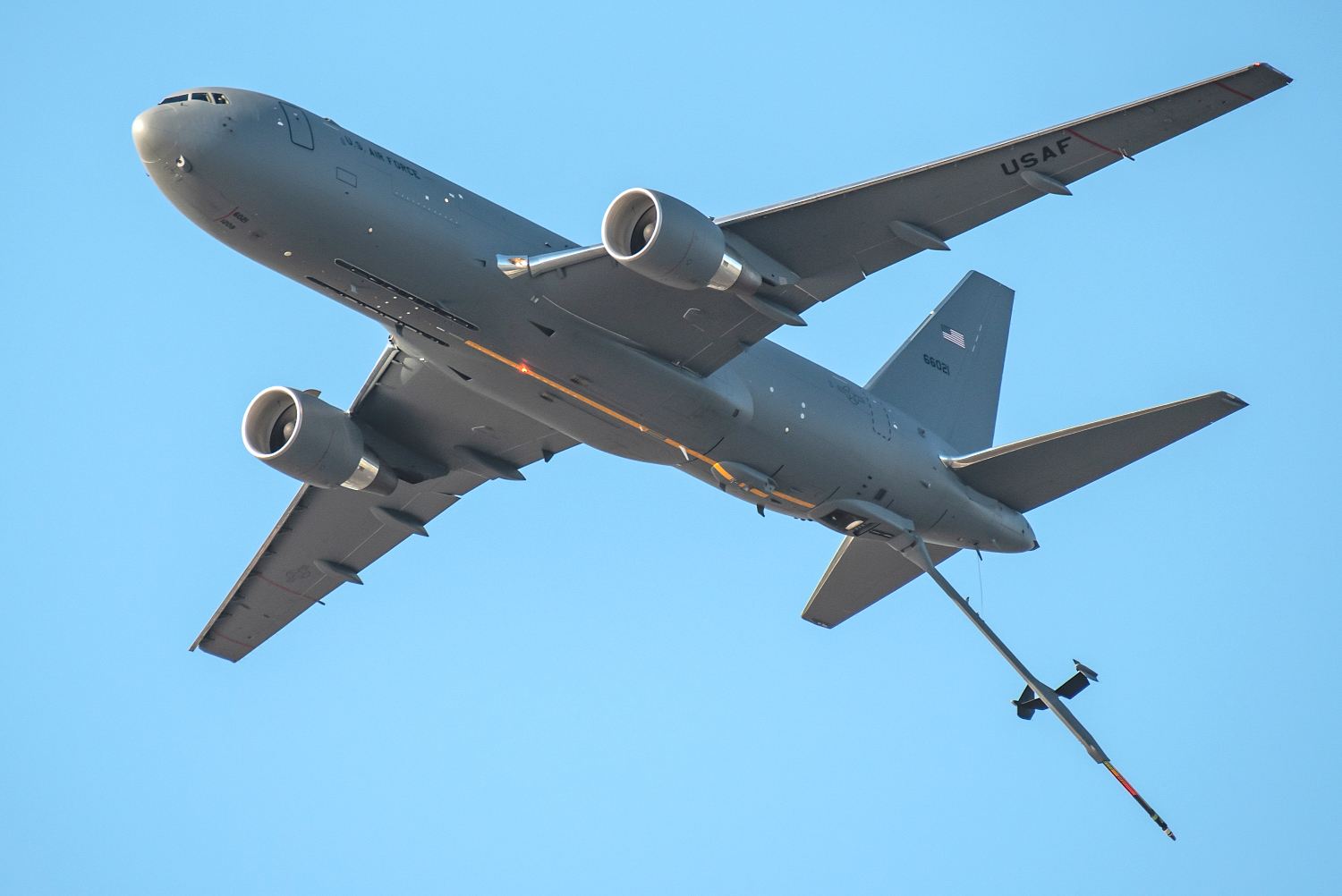
Now, although the KC-46 will also replace a portion of the outgoing KC-10s, questions remain about the makeup of the Air Force’s future tanker fleet.
Currently, the Air Force is buying 179 KC-46s — with the last of those aircraft scheduled to be delivered in 2029 — after which the service wants to immediately begin receiving aircraft that it had previously referred to as “bridge tankers.” These aircraft will provide interim capacity between the end of KC-46 deliveries and the acquisition of an advanced future aerial refueling aircraft — one that is likely to stress survivability as a core element of its design.

Although thought had been given to buying as many as 140-160 examples of the bridge tanker, the current number has been reduced to 75 aircraft. Once again, the KC-46 is in the running for the bridge tanker, but there are other contenders, too, including Lockheed Martin’s LMXT, based on the popular Airbus A330 Multi-Role Tanker Transport (MRTT), and potentially also contractor-based leased solutions.

It’s even possible that, like the former Dutch KDC-10s, a portion of the Air Force’s retiring KC-10s could also be picked up by private companies that could sell their service back to the U.S. military. In the past, however, such proposals have not come to fruition, with potential legal and regulatory hurdles apparently proving insurmountable. There has been recent progress in this field, too, with a privately owned KC-135R tanker from the Metrea company refueling a U.S. Air Force aircraft for the first time in an exercise in June this year. You can read more about that here.
Private aerospace firm Metrea announced the milestone in a press release, which says that the company’s KC-135Rs provided aerial refueling support during Exercise Resolute Hunter 23-2 to the Air Force. Resolute Hunter is a biannual U.S. Navy-led exercise and “is the DOD’s only dedicated Battle Management, Command and Control, Intelligence, Surveillance and Reconnaissance (BMC2ISR) exercise,” according to that service. The Air Force and foreign air arms routinely participate in the event, which is staged out of Naval Air Station Fallon (NAS Fallon) in Nevada.
With the additional tankers and the KC-46s, the Air Force will have covered the replacement of over half of its existing KC-135s, but that still leaves a significant portion of the Stratotanker fleet left for replacement by a future tanker type. With the U.S. military preparing for a potential future conflict in the Pacific, tanker capacity will likely be needed more than ever. With that in mind, it might be argued that now is an inopportune time to retire any Air Force tanker unless strictly necessary.
Overall, a lot of questions still remain about what the Air Force’s future tanker fleet will look like and whether its numbers will be able to meet the growing need for aerial refueling as the aging KC-135 fleet continues to contract. What does seem clear is the final retirement of the KC-10, an unsung type that will be sorely missed once the last examples are disposed of in a little less than 12 months’ time.
Contact the author: thomas@thedrive.com
